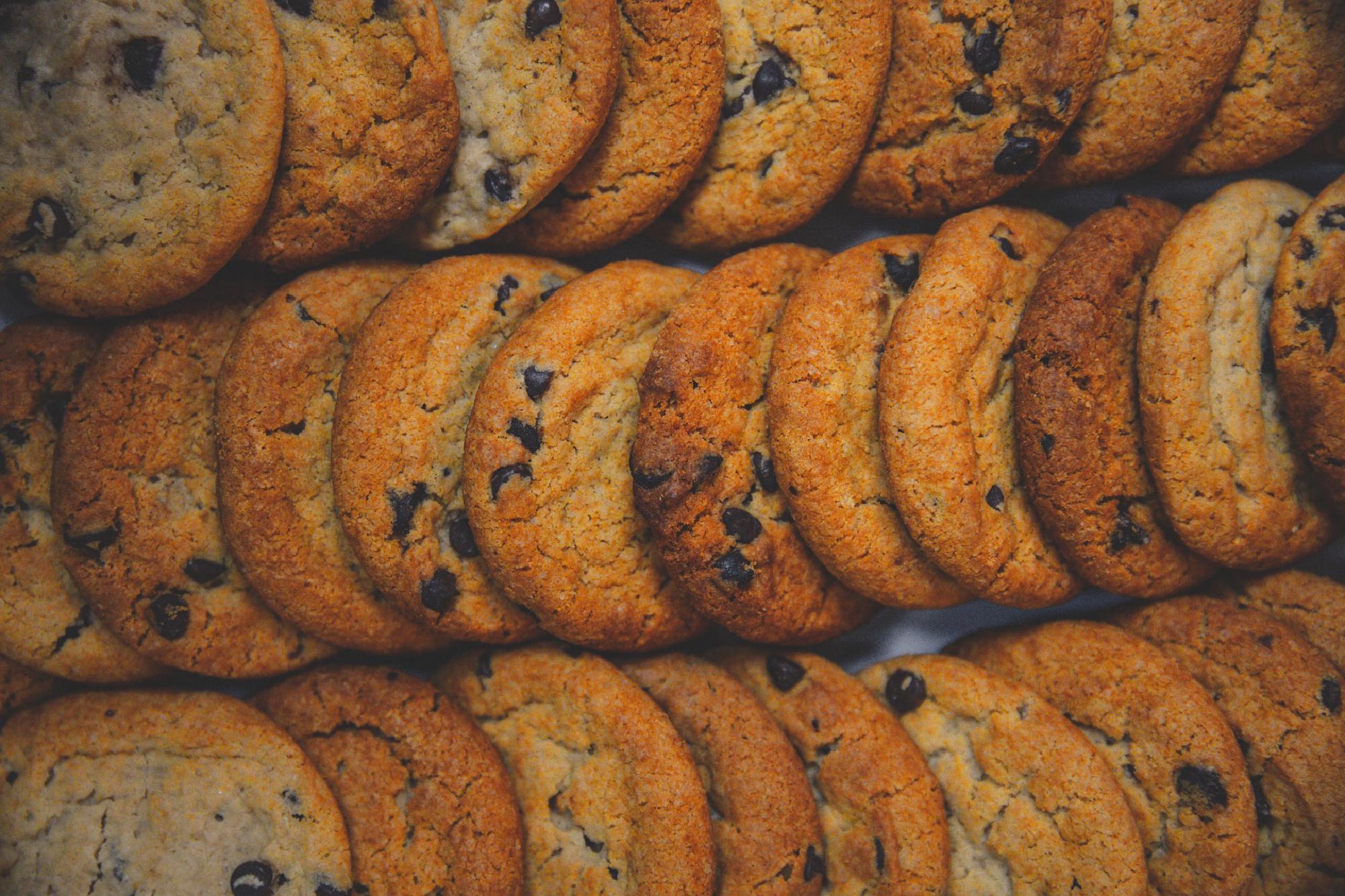It usually used to recognize your computer when you visit the website, analyze the use of website, track you navigate the website and enable the use of e-commerce facilities such as affiliate marketing
Set Cookie
This code will set and store a cookie (key = firstCookie, value = OK) in our browser
document.cookie = "firstCookie=OK; expires=Mon, 11 Oct 2018 17:55:55 UTC"function setCookie(cName, cValue, days) {
//get current date
var d = new Date();
d.setTime(d.getTime() + (days * 24 * 60 * 60 * 1000));
document.cookie = cName + "=" + cValue + ";" + "expires=" + d.toUTCString(); + "path/"
}We can check our cookie data by heading to developer tools(F12) => Application => Cookies => your domain
Get Cookie
function getCookie(cName) {
var name = cName + "=";
var allCookie = document.cookie.split(';');
for (var i = 0; i < allCookie.length; i++) {
var currCookie = allCookie[i];
//So we need to check if the first character of the current index is empty, we need to extract out the space as we only concern for the cookie
while (currCookie.charAt(0) == ' ') {
currCookie = currCookie.substring(1);
}
if (currCookie.indexOf(name) == 0) {
return currCookie.substring(name.length, currCookie.length);
}
}
return "";
}As we can see the cookie is separated by semicolon as well as a empty space will be added for second cookie onwards. In order to find our desired cookie, we first pass the cookie name into the function created, and then we split all the cookie by semicolon and does not include the empty space for the cookie name. Then we return the cookie value when it matched with the current cookie.
Delete Cookie
function deleteCookie(cName) {
document.cookie = cName + "=; expires=Thu, 01 Jan 1970 00:00:00 UTC; path=/;";
}Set Cookie Path, Domain & Secure
Cookie Path
In this case we will set the path to “/" means we can access and get the cookie in every path of the domain. Let’s say our domain is “example.com” and we set the path to path = user. Then we can only get and access this cookie with this path such as “example.com/user” or “example.com/user/orderDetails”. Something like “example.com/promotion” is not able to get this cookie value.
Cookie Domain
document.cookie = 'name=JeffDevs; domain=example.com;'The domain setting from cookie is used to define which domain are authorized to access the cookie. For example if we never configure this setting in our main domain which is “example.com” and we trying to get this value from our subdomain such as “subdomain.example.com”, it will be failed to do so.
To get this data, we need to clearly defined the domain setting from cookie which is domain=example.com then we will be able to get this data from every subdomain and main domain.
Cookie Secure
document.cookie = 'name=JeffDevs; Secure;'Adding the Secure parameter makes sure the cookie can only be transmitted securely over HTTPS. For example, we can get the cookie from https://example.com but not http://example.com
